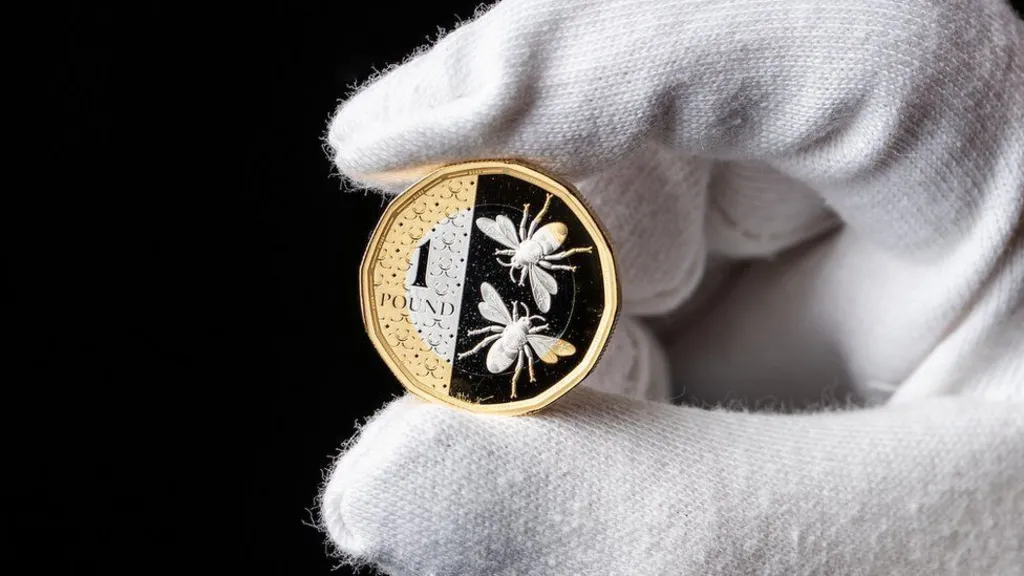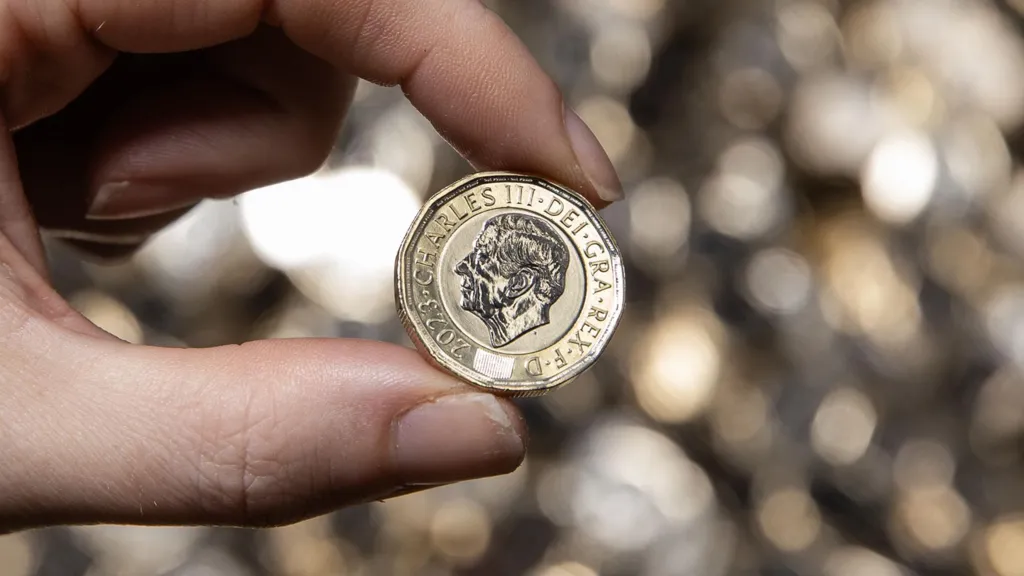“This week marks the debut of the first £1 coins bearing the likeness of King Charles III. Nearly three million of these coins have been distributed to post offices and banks nationwide.
These new coins not only commemorate King Charles III’s reign but also reflect his passion for nature, with the reverse side showcasing a pair of bees. Despite this fresh addition to currency, coins featuring Queen Elizabeth II will continue to circulate. New coinage is minted based on demand.
Rebecca Morgan, Director at the Royal Mint, expressed enthusiasm about the new release: ‘We’re thrilled to introduce King Charles III’s £1 coin into circulation. We anticipate a great deal of excitement among collectors and the public as they find this historic piece in their everyday change.’
The bees are part of a broader initiative, with eight new designs being unveiled across various coin denominations, from the 1p to the £2. Each coin’s reverse side will depict the UK’s flora and fauna, including animals like the red squirrel and capercaillie grouse. This series aims to highlight the importance and vulnerability of the natural world.

Morgan noted that these designs, created with input from the Royal Horticultural Society and the Royal Society for the Protection of Birds, are intended to foster ‘important discussions about the conservation of these vital species.’
While the size and shape of the coins remain unchanged to ensure compatibility with vending machines, self-checkouts, and parking meters, the numbers on the coins have been increased in size to aid children in identifying figures and learning to count.
The Royal Mint, based in Llantrisant, Rhondda Cynon Taf, has been responsible for producing Britain’s coinage since the time of Alfred the Great. Although King Charles has appeared on commemorative coins before, these new definitive designs will replace the shield formation introduced under Queen Elizabeth II in 2008. This previous design will continue to be prevalent among the 29 billion coins currently in circulation in the UK for the foreseeable future.”
